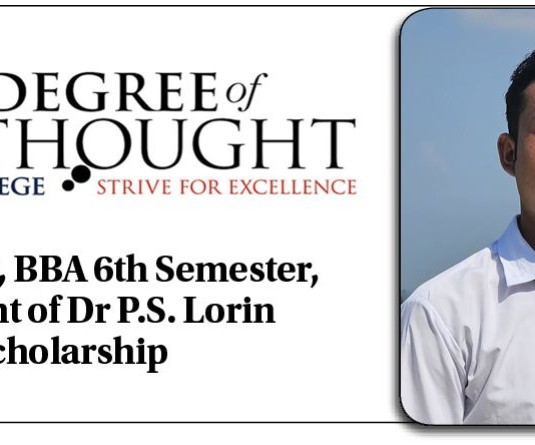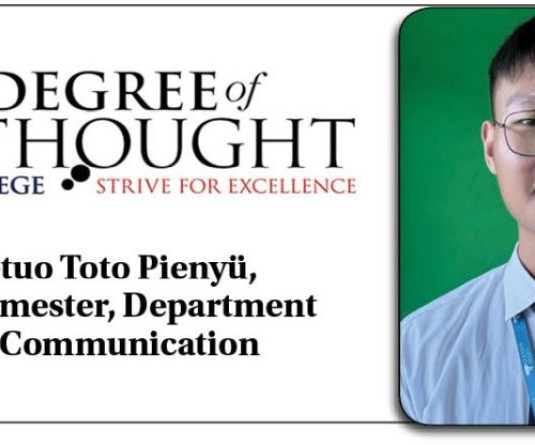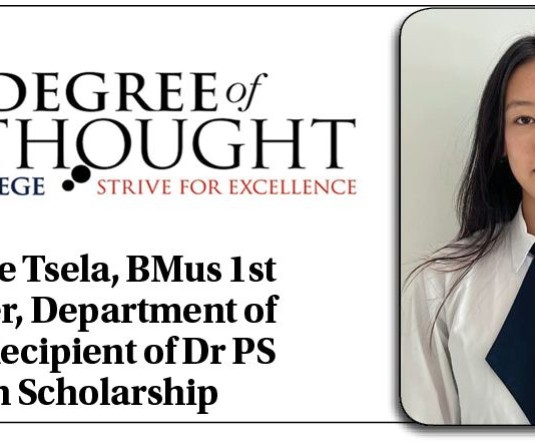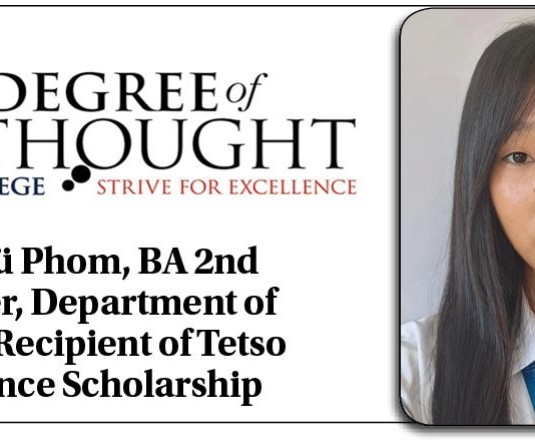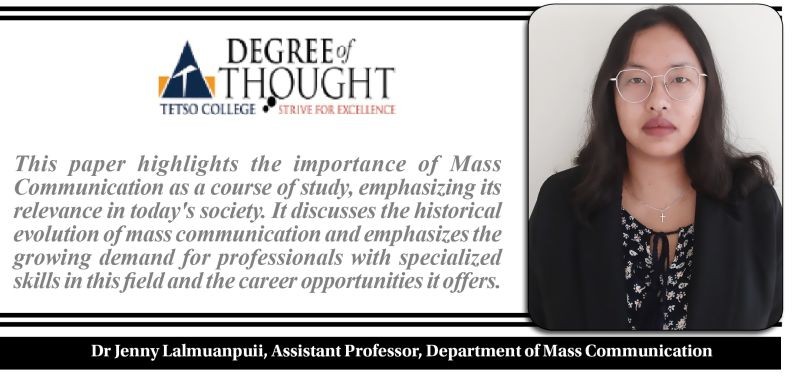
Communication has always played an important role in human lives. It is the lifeblood and foundation of human interaction and society. The word "communication" is derived from the Latin word "communicare," which means "to share." Many scholars claim that the term began to be used during the 14th and 15th centuries. In 2010, Richard L. West and Lynn H. Turner defined communication as a social process in which individuals employ symbols to establish and interpret meaning in their environment. At its core, communication is a social process. If we look at the history of human beings, we have used different types of tools to communicate our ideas and knowledge to others. From prehistoric cave drawings to the invention of Gutenberg printing presses in 1455, which allowed for the mass publication of newspapers, books, and magazines, to the Lumière Brothers projecting moving pictures in 1895, to Tim Berners-Lee's invention of the World Wide Web in 1990, and so on.
As society developed, it became clear that human beings designed and developed technology to enhance communication and make their messages reach a larger group. If we delve into history, we can observe that people have always found ways to establish public forums for communication. For instance, in many indigenous societies like my community, the Mizo people, values and beliefs were passed down through folk stories, dances, and songs. Additionally, we had a village crier known as "Tlangau" in the Mizo language, who would disseminate public information in the streets. Every community had its own form of group communication or public communication, but its reach was limited to a specific audience. However, with the advent of technology, mass communication emerged as a new phenomenon.
Mass communication involves sharing information with a large group of audience through mass media such as television, radio, newspapers, and the internet. Especially with the advancement of mass media, many researchers have emphasized the importance of studying them. Political scientist Harold Lasswell came up with a communication formula, while Claude Shannon and Warren Weaver developed a mathematical model of communication, and so on. In the beginning, many studies were conducted in different fields such as sociology, political science, and psychology, focusing on the impact and effects of mass communication. Soon, it was realized that each mass media platform—television, newspaper, radio—was so extensive that it necessitated dedicated study and specialization.
As these different forms of mass media developed, the demand for professionals skilled in operating and managing these mediums also increased. For example, in the case of newspapers, there was a need for writers, reporters, editors, managers, marketing and public relations personnel. Similarly, television and film production required individuals with diverse skills such as camera operators, filmmakers, scriptwriters, videographers, and more. Radio broadcasting had its own set of specialized roles as well. With the advent of the internet, an extensive range of skills became essential due to the vast opportunities and complexities it presented. Social media influencers, content creators, social media managers, and various other roles emerged to meet the demands of the digital era. The evolution of mass media has led to the creation of diverse professions and career paths within the field of communication and media.
With globalization and the recognition of the power of media, particularly the role of journalism and newspapers in the fight for Indian independence and nation-building, the need for professionals and academics in the field of mass communication has been realized gradually. The realization of media's influence, particularly evident during the Indian independence movement, led to an increasing demand for professionals in the field of mass communication. Dr. Besant took the initiative to introduce the first journalism course at the National University in Madras in 1920, followed by a certificate program at Aligarh Muslim University in 1938. These endeavors aimed to train local journalists who actively supported the cause of independence. Professor P.P. Singh, having studied journalism in the United States, played a pivotal role by establishing the inaugural Journalism Department at Punjab University in Lahore in 1941, thus pioneering formal journalism education in India.
The field of journalism has experienced significant growth, accompanied by a rising demand for specialized courses in television, radio, marketing, and public relations. Today, the field of mass communication offers a diverse range of courses to cater to these specific areas. In Northeast India, there has been notable growth in institutions offering Mass Communication programs, with four institutions currently providing such programs in Nagaland. Keeping up with the ever-changing landscape of mass communication and technology, it is essential to regularly update the curriculum. Additionally, the curriculum should address the region-specific challenges faced in Northeast India, such as folk media, representation of Northeast, cultural diversity, etc. Graduates can pursue careers in journalism, broadcasting, advertising, public relations, digital media, and content creation. Moreover, opportunities for employment in academia contribute to the growth and development of mass communication in Northeast India.
In conclusion, the growth of the media industry highlights the important role of studying mass communication in today's society.. Pursuing mass communication as a course can make substantial contributions to the region's media landscape, empowering professionals to navigate the evolving industry effectively, and amplifying the voices of Northeast India, ensuring our stories are heard and represented.
References:
NENow. (2023, May 30). 100 Years of Media and Journalism Education in India. Retrieved from https://nenow.in/north-east-news/100-years-of-media-and-journalism-education-in-india.html.
West, R. L., & Turner, L. H. (2010). Introducing Communication Theory: Analysis and Application.NY: McGraw-Hill.
Chawla, A. (2021). Introduction to Mass Communication. Pearson India Education Services
The Degree of Thought Column is a weekly community column initiated by Tetso College in partnership with The Morung Express. The column explored contemporary social, cultural, political, and educational issues and challenges around us. However, the views expressed here do not reflect the opinion of the institution. Tetso College is a NAAC-accredited, UCG-recognized Commerce and Arts college. Currently, the Degree of Thought Column is managed by the department of Mass Communication, and the editorial team are Dr Jenny Lalmuanpuii, KC Gabriela and Rinsit Sareo. For feedback or comments, please email: dot@tetsocollege.org.


